

'#fudge, #londonstreetfood, #camden market, FUDGE, MAKING FUDGE CAKE, Fudge is a type of sugar candy that is made by mixing sugar, butter and milk, heating it to the soft-ball stage at 240 °F (116 °C), and then beating the mixture while it cools so that it acquires a smooth, creamy consistency. Fruits, nuts, chocolate, caramel, candies, sweets and other flavors are sometimes added either inside or on top. A recent trend has been to create novel flavours of fudge, giving vibrant visual appeal at the same time. Fudge is often bought as a gift from a gift shop in tourist areas and attractions. In a letter written in 1921 by Emelyn Battersby Hartridge, she recounts the purchasing of a box of fudge for 40 cents a pound in 1886 in Baltimore, Maryland. A student at Vassar College in Poughkeepsie, New York, she claimed to have introduced it there in 1888 by selling her own 30 lb (14 kg) batch.[1][2] The diary of another student mentions making \"fudges\" in 1892.[3] An 1893 letter from another Vassar College student describes \"fudges\" as containing sugar, chocolate, milk and butter.[4] A recipe for \"Fudges at Vassar\" was printed in The Sun in 1895.[5] Despite describing the confections as \"Vassar chocolates\", the recipe given comprises sugar, milk, butter and vanilla extract. Word of this popular confectionery spread to other women\'s colleges. For example, Wellesley College and Smith College have their own versions of a fudge recipe dating from the late 19th or early 20th century.[6] Fudge-making evolved a variety of flavors and additives as it grew beyond its popularity at colleges. Chemistry Fudge being cooled and shaped on a marble slab In forming a fondant, it is not easy to keep all vibrations and seed crystals from causing rapid crystallization into large crystals. Consequently, milkfat and corn syrup are often added. Corn syrup contains glucose, fructose (monosaccharides), and maltose (disaccharide). These sugars interact with sucrose molecules. They help prevent premature crystallization by inhibiting sucrose crystal contact. The fat also helps inhibit rapid crystallization. Controlling the crystallization of the supersaturated sugar solution is the key to making smooth fudge. Initiation of crystals before the desired time will result in fudge with fewer, larger sugar grains. The final texture would then be grainy, a quality normally indicative of low-quality fudge. One of the most important attributes of fudge is its texture. The end-point temperature separates hard caramel from fudge. The higher the peak temperature, the more sugar is dissolved and the more water is evaporated, resulting in a higher sugar-to-water ratio. Before the availability of cheap and accurate thermometers, cooks would use the ice water test, also known as the cold water test, to determine the saturation of the confection. Fudge is made at the \"soft ball\" stage, which varies by altitude and ambient humidity from 235 °F (113 °C) to 240 °F (116 °C). The heated fudge is sometimes poured onto a marble slab to be cooled and shaped'
Tags: fudge , Food , london , dessert , sweet , Cake , london food , camden , london street food , camden market , street food london , fudge cake , camden town london , Camden Lock Market , MAKING FUDGE CAKE
See also:
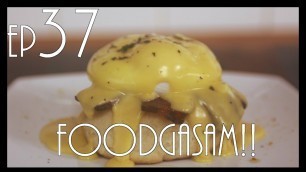
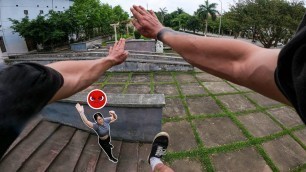


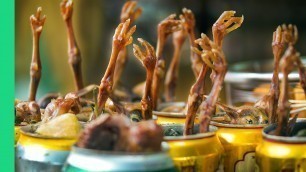


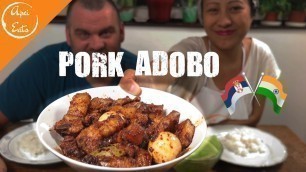



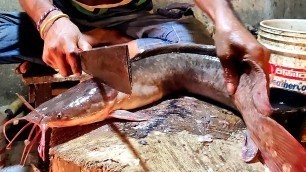


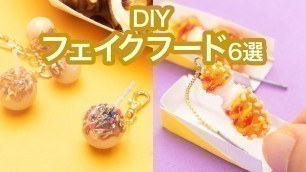


comments